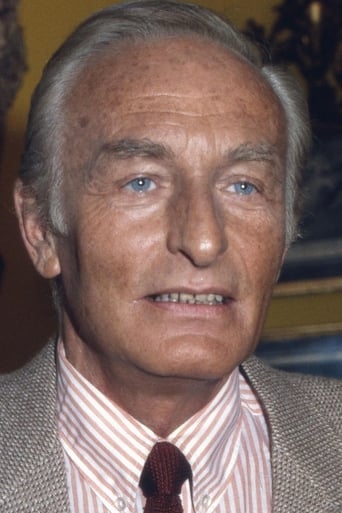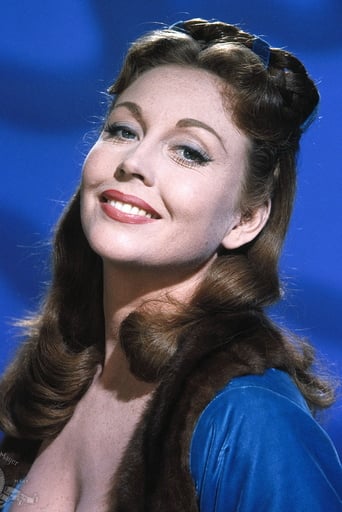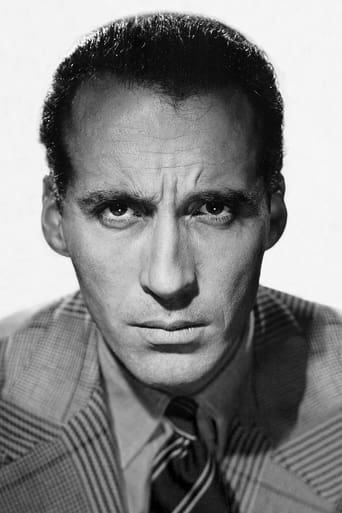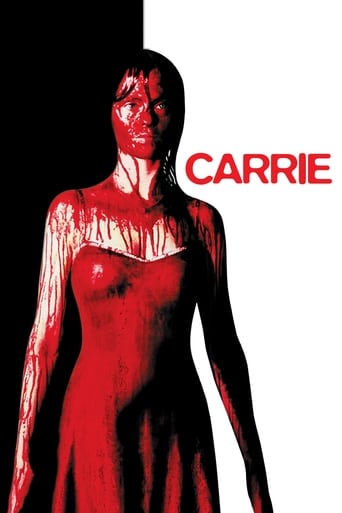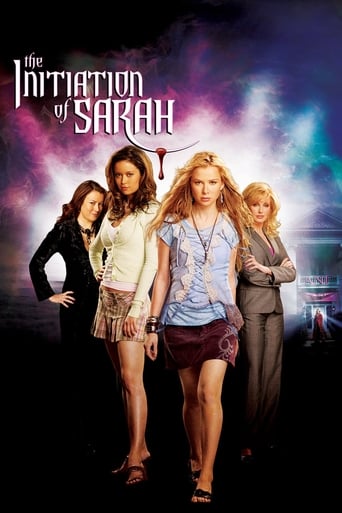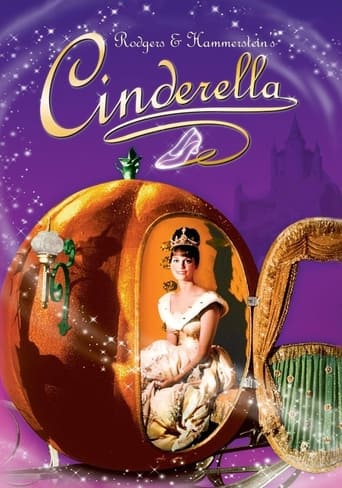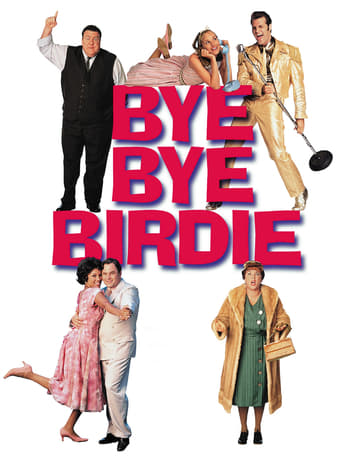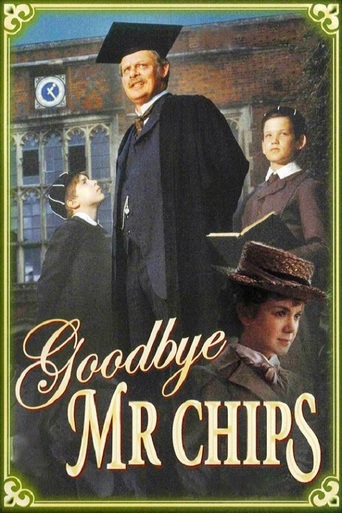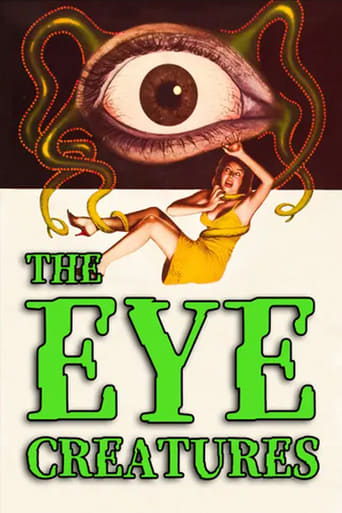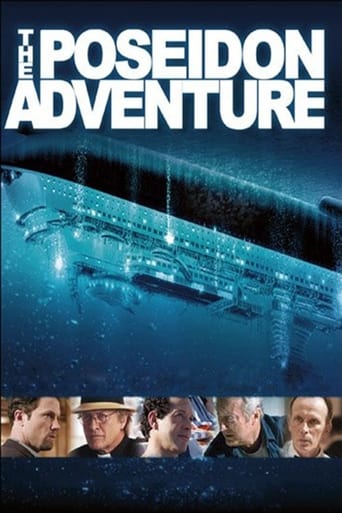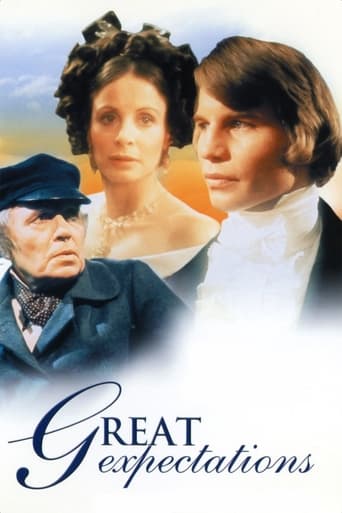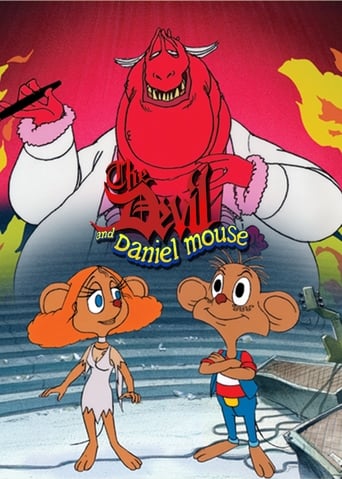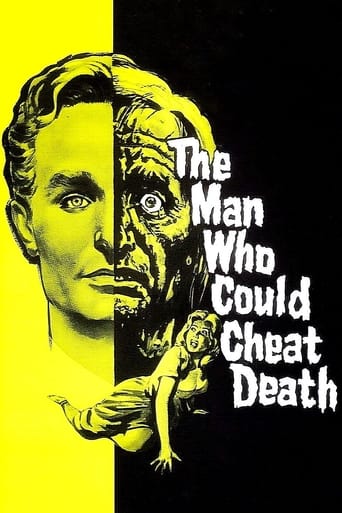
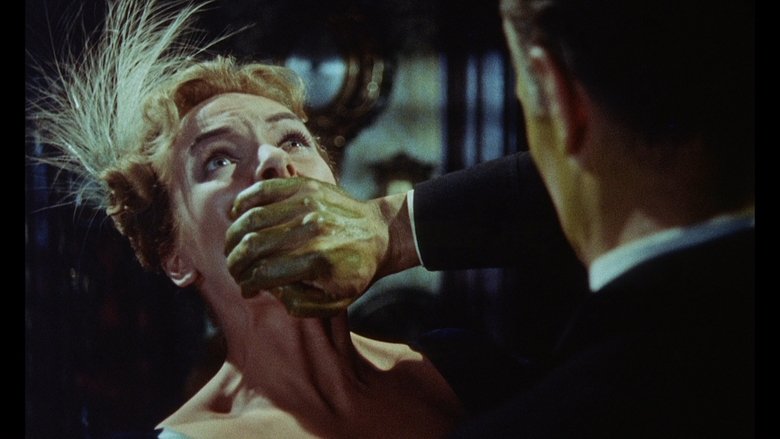
The Man Who Could Cheat Death (1959)
Dr. Bonner plans to live forever through periodic gland transplants from younger, healthier human victims. Bonner looks about 40; he's really 104 years old. But people are starting to get suspicious, and he may not make 200.
Watch Trailer
Cast


Similar titles
Reviews
The Man Who Could Cheat Death is directed by Terence Fisher and adapted to screenplay by Jimmy Sangster from the Barré Lyndon play The Man in Half Moon Street. It stars Anton Diffring, Hazel Court, Christopher Lee, Arnold Marlé, Francis de Wolff and Delphi Lawrence. Out of Hammer Film Productions, music is by Richard Rodney Bennett and Technicolor photography by Jack Asher.Paris 1890 and sculptor Georges Bonnet (Diffring) has perfected a way to halt the aging process. Trouble is that it involves murdering young women so as to extract their parathyroid gland to formulate his eternal life elixir.Disappointingly weak Hammer Horror that would be near unwatchable were it not for the efforts of Asher, Fisher and Bernard Robinson (production design). The source story is made to measure for Hammer, where berserker science mixes with Gothic murder tones, all the ingredients are there for a lively fusion of Dr Jekyll and Mr Hyde with The Picture of Dorian Gray. But the film is more concerned with much talking and posturing, thinking that sci-fi babble and moral quandaries are going to keep things interesting. We of course want some meat and reasoning for main characters to impact on the plotting, but using up an hour for it, in a film that only runs an hour and twenty minutes, leaves very little room for thrills and drama. It also demands that the finale be explosive, a whirlwind of horror revelations and biting comeuppance, sadly the ending we get is rather a damp squib.Things aren't helped by the casting of Diffring, who overacts far to often, or that Lee is underwritten and firmly disinterested in making the thin characterisation work. Court looks ravishing and gives the film its best performance, but she is also hindered by a bare bones script from the usually excellent Sangster. The story just plods to its inevitable conclusion, the screenplay never daring to veer away from the safe formula road. While much of the detective work from de Wolff's Inspector LeGris leaves a great deal to be desired. On the plus side it looks real nice, a triumph over low budget restrictions, the minimal sets dressed in period splendour, the colour sizzling and Fisher uses wide shots to make certain scenes that are played out on tiny sets actually look expansive.Devoid of up-tempo terror and finishing on a whimper, this is very much average Hammer and not easily recommended to the horror faithful. 5/10
This is among the first Hammer Horrors I watched but, after checking it out twice on Italian TV as a kid (once as part of a late-night horror programme called "Zio Tibia Horror Picture Show" featuring a couple of amiably grotesque puppets, which is how I first caught up with the likes of BRIDE OF FRANKENSTEIN {1935} and THE GHOST OF FRANKENSTEIN {1942}!), the film seems to have dropped off the radar completely in my neck of the woods; finally, it was recently released on R1 DVD by Legend Films since this was the only title from the legendary British company to be distributed by Paramount. It is actually the third version of Barre' Lyndon's play "The Man In Half Moon Street", first filmed in Hollywood in 1943 (albeit only released a couple of years later!) and again for British TV in which Anton Diffring, the star here, actually originated his role (for whatever reason, the name of the protagonist changes from one version to the other!); even so, Hammer's then top leading man Peter Cushing was supposed to play the part but, thankfully, saner minds prevailed as I am not sure he would have been ideal as a ladies' man (the heroine, then, is future "Queen Of Horror" Hazel Court in her last of 2 films for Hammer). It is interesting to have Hammer still adapting stuff from TV at this point, even after they hit the jackpot with reinventing the classic Gothic literary tales! Anyway, having just watched the earlier movie, it is quite clear which is the superior version since Jimmy Sangster's excellent script deals far more thoroughly with the themes inherent in Lyndon's source which, as mentioned in my review of the original, draws quite a bit from Oscar Wilde's "The Picture Of Dorian Gray" – though, this being Hammer, the horror aspect (aided by Fisher's typically full-blooded handling and Diffring's intense characterization) is a lot more pronounced. That said, Diffring is ably supported by Christopher Lee (who, despite having attained star status thanks to Hammer, generously accepted a supporting and heroic role this time around: oddly enough, his doctor character here shares his name with another one he would play in the later, similarly Sangster-scripted Hammer chiller TASTE OF FEAR {1961}!) and Arnold Marle' (who also reprised his role from the TV version as Diffring's elderly associate).Being a relatively early genre effort by the company, the color palette is very handsome, effectively rendering both the late 19th century Parisian setting and the moments of pure horror, notably the greenish hue emitted by the boiling flask which holds Diffring's life-sustaining serum. Incidentally, while the protagonist of the 1945 version was really a 90-year old, here he is made to be 104 (and it is amusing to watch Diffring try to convince Lee that he is actually a good 15 years older than the stroke-stricken Marle'); again, the protagonist has a dual career as an artist (though he is a sculptor now rather than a painter) but, inconveniently, his models all fall for him and have to be disposed of (which is one of the clues the Police – represented by Francis De Wolff – eventually follow). Here, too, the gland operation is good for a whole decade but, in this case, we are better able to accept the fact that in the interim he tries to rebuild his life, not to mention that when the effect begins to dissipate and Marle' has still not turned up to perform the life-saving operation, he is forced to kill and kill again because the gland withers after a few days!Among the number of differences between the two movie versions one finds that, in the 1945 movie, when the protagonist's colleague is unable to operate, he has to rely on a young man he saves from suicide and who just happens to be a medical student (after having gone through a list of disgraced members of the profession), whereas here it is Lee who gets asked (who is in love with Court herself, naturally) but initially refuses (so that Diffring has to refer to an alcoholic doctor and, bafflingly, an oculist!). Here, too, he does operate eventually but he does not perform the gland transplant, which obviously proves Diffring's undoing; the latter comeuppance is quite messy (much more horrific, in fact, than the original's) – involving both the age reversal (featuring great make-up effects by Roy Ashton) and his being set on fire by a model he had kept imprisoned (and deformed, since apparently his skin becomes abrasive as the effects of the drug fade!) after she discovered his secret.Diffring would follow this with an even more notorious genre outing, CIRCUS OF HORRORS (1960), but he never quite became a star (being too often relegated to playing Nazi officials in Hollywood WWII epics); even so, later horror titles of his include MARK OF THE DEVIL PART 2 (1973; which I will be getting to presently), THE BEAST MUST DIE (1974; for Hammer rival Amicus and with Peter Cushing!) and Jess Franco's FACELESS (1987; which also sees him involved in unethical operations spiced with a series of murders). Incidentally, following these viewings, I am also in the process of acquiring Ruggero Deodato's belated giallo PHANTOM OF DEATH (1988) starring Michael York, Edwige Fenech and Donald Pleasance in view of its apparent thematic similarity to the Barre' Lyndon play.
It was Anton Diffring's turn to shine in this decent Hammer chiller, set in Paris, where he stars as a talented sculptor, and scientist, who kills Parisians for their glands so that he can remain youthful and alive despite being the age of 104 years old! Dr. Georges Bonner (Diffring) needs a difficult surgery in order to continue living, but his old friend, Dr. Ludwig Weiss (Arnold Marlé) has a crippled hand and arrives too late, forcing the sculptor to kill someone because he was unable to keep cadaver glands in the appropriate condition needed. Christopher Lee is a well-respected surgeon, Dr. Pierre Gerrard, who agrees, albeit reluctantly, to perform the surgery, only willing to do so at the request of Weiss, a famous Vienna doctor with a renowned reputation, who promised to be in attendance. Hazel Court is Janine Du Bois, once a model—and lover—for Bonner, still in love with him, acknowledging her feelings passionately, not knowing of the sculptor's dark side. Francis De Wolff (Hound of the Baskervilles; Corridors of Blood) is Inspector Legris, trying to locate a missing model who discovered to her horror Bonner's secret, disrupting him as he was in the middle of drinking a prepared serum which will stave off the old age which lies dormant in the sculptor's system. This green fluid in a flask, kept in a locked safe, is only a brief substitute as Bonner truly needs a surgery in order to survive the lurking age underneath a veneer of youth and handsomeness. Bonner is so desperate to stay alive and not accept the death that is longing to release that he'll do whatever it takes in order to do so. Weiss, who realizes the monster that Bonner has become, tries to stop him from living any longer—attempting to interfere with Bonner's drinking of more fluid from the flask in the safe—only incurring his long-time friend's wrath. Seeing no other alternative when Gerrard backs out of surgery due to Weiss' absence, Bonner will, at first, seek help elsewhere, ultimately blackmailing him by imprisoning Janine. While this Hammer mad scientist movie is set in Paris, "The Man Who Could Cheat Death" feels like we are in London with a mostly British cast. Lee is, as usual, more stern, serious, principled, and pious, while Diffring shows the unstable nature his character is going through, hiding the madness while amongst others, becoming unglued when confronting what lies underneath, old age looking to break free. Arnold Marlé and Diffring have the most intense scenes in the film because we witness the disintegration of a friendship, evaporating over the unethical and immoral practices of Bonner—Bonner, clinging to his immortal status, not allowing, if he can help it, the failure of others, preferably Gerrard, to provide the services he demands. Good small cast, with lovely, ravishing redhead Hazel Court and her heaving bosom most welcome. Fiery climax, in the style of many Terence Fisher Hammer outings, featuring old age make-up (to me similar to the mummy make-up of future Hammer movies), allowing Lee to come to Court's rescue as Diffring's madman wants her to attain the same "miracle of youth" that he (thinks he) has. Diffring goes all out, bug-eyed and unhinged, when his character's body starts to deteriorate if he doesn't drink the serum, some trick of light and a bit of make-up assisting the actor during these slight transformations. During this changing stage, his touch is acidic as he burns those he grabs during his mad fits. Okay Hammer flick, but nothing too memorable.
This is a film from Hammer Films that was directed by Terrence Fisher--a man who made many of the more famous horror films for this studio. Oddly, although Christopher Lee appears in the film, he's in a supporting role and Anton Diffring, a man NOT used to starring roles, plays the leading man.The film begins with a bizarre art show. That's because the artist is a doctor and he never sells his statues. Additionally, he shows them off once and never lets anyone see them again! None of this made any sense, but the idea that followed is pretty interesting. It seems that although Diffring looked to be in his early to mid 40s, he was supposed to be 104 years old! It seems that he'd discovered a way to make himself live forever--but there was a price. Every ten years, he needed to kill in order to obtain a needed gland that would keep him alive.While all this is pretty exciting stuff, the execution left an awful lot to be desired. You'd think with such a creepy plot it would naturally be exciting, but sadly it wasn't. Part of it may have been that the role didn't fit Diffring's talents very well and part of it may just be the very pedestrian script. All I know is that I found myself being rather bored towards the end and it's not one of Hammer's finer moments.Note that the DVD release contains no extra features at all--just an adequate print of the film. Also, near the very end you find the one lady you think is dead is still alive but quite mad. You wonder why Diffring killed a prostitute for the gland but left this poor wretch locked in a dungeon--this didn't make much sense.


